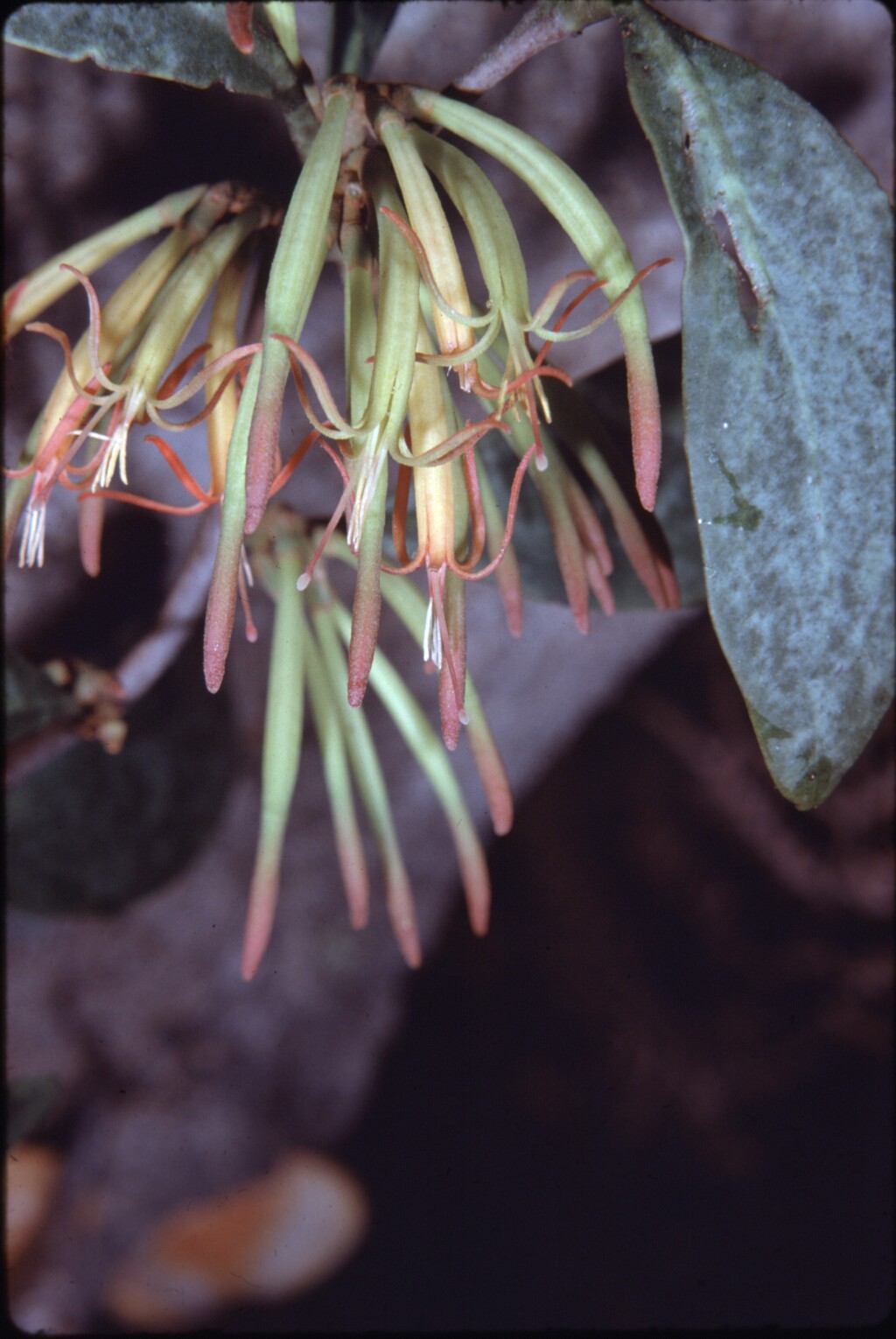Dendrophthoe vitellina
Long-flower MistletoeBull. Soc. Bot. France 42: 86 (1895)
Taxonomic status
Accepted
Occurrence status
Present
Origin
Native
Degree of establishment
Native
Threat status
FFG:
Critically Endangered (CR)



